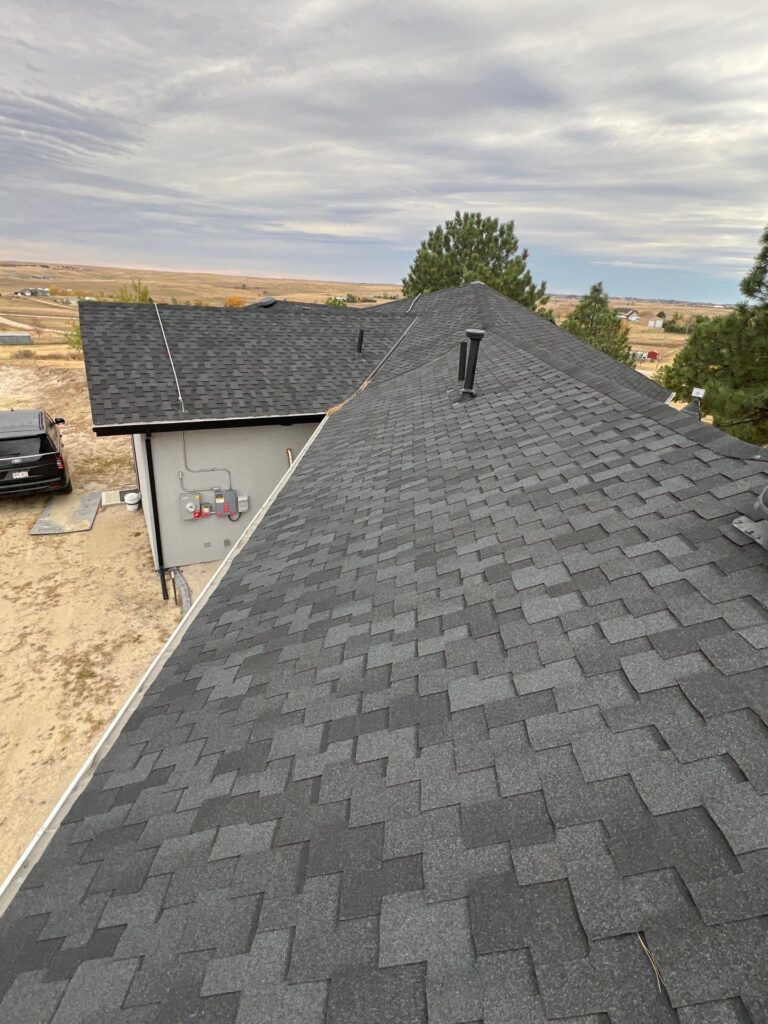Hailstorms pose a significant threat to the integrity of roofs, causing costly damages that impact both the safety and value of your home. Taking proactive measures to reinforce your roofing system against hail damage is essential. By understanding hail impact and implementing practical solutions, homeowners can ensure lasting protection.
Understanding Hail Damage and Its Impacts
Hail damage can range from minor dents to severe cracks and structural punctures. The intensity of damage varies depending on the hailstone size, speed, and the type of roofing material. Recognizing how hail affects various roofing materials allows for targeted prevention.
Assessing Hail Damage on Your Roof
When hail impacts roofing, it may loosen or break shingles, causing weak points that lead to water infiltration and structural damage. Promptly assessing your roof post-storm helps identify immediate repairs, reducing long-term risks.
1. Select Hail-Resistant Roofing Materials for Optimal Defense
Choosing materials specifically designed to resist hail impact is one of the most effective defenses. Hail-resistant shingles, metal roofing, and composite materials are all durable options for hail-prone areas.
Types of Hail-Resistant Roofing Materials
- Impact-Resistant Shingles: Designed to endure hail impact, these shingles provide a strong shield against minor to moderate hail damage.
- Metal Roofing: Known for its strength, metal roofing can withstand significant hail impact with minimal denting and no cracking, making it ideal for regions with frequent hailstorms.
- Composite Materials: Engineered composites, such as rubberized shingles, offer both resilience against impact and aesthetic versatility, providing an affordable yet protective option.
2. Maintain Your Roof with Regular Inspections and Repairs
Regular maintenance is essential for minimizing hail damage risks. Inspections identify early vulnerabilities, and routine upkeep keeps your roof resilient.
Scheduling Professional Inspections and DIY Maintenance
Hiring a professional Denver roofing contractor for semi-annual inspections ensures that weak spots are promptly addressed. Additionally, homeowners can perform basic maintenance, like clearing debris and checking shingles, to keep the roof in optimal condition.
Addressing Minor Repairs for Greater Hail Resistance
Minor issues, like loose shingles or small leaks, can turn into major problems during hailstorms. By addressing these early on, you can reinforce your roof’s durability and enhance its protective capabilities.
3. Apply Protective Roof Coatings for Added Strength
Roof coatings provide an extra layer of defense, reinforcing your roof’s resilience against hail impact. Coatings like acrylic, silicone, or polyurethane add thickness and help absorb the force of hail.
Benefits of Protective Roof Coatings
- Enhanced Durability: Coatings help your roof withstand hail while extending its lifespan.
- Energy Efficiency: Reflective coatings reduce heat absorption, which can lead to lower cooling costs during summer months.
- Professional Application: Ensure a professional applies the coating for an even, thorough layer that maximizes protection.
4. Install Hail Guards and Barriers on Vulnerable Areas
Areas like skylights, gutters, and vents are especially susceptible to hail impact. By installing hail guards or protective barriers, homeowners can safeguard these components from costly damage.
Types of Hail Protection for Roof Vulnerabilities
- Skylight and Window Guards: Metal or polycarbonate guards prevent hail from shattering skylights and windows.
- Gutter Protection Systems: Mesh guards or foam inserts shield gutters, maintaining drainage efficiency and preventing hail blockages.
- Reinforced Roof Vents and Flashing: Protective barriers over vents and flashing protect these areas, which are often highly exposed.
5. Strengthen the Roof Structure for Long-Term Resilience
Reinforcing the overall roof structure provides a robust defense against severe hail. By upgrading certain components, you ensure your roof has added stability and resilience.
Enhancements to Strengthen Your Roof
- Reinforced Roof Decking: A thicker, more resilient decking can absorb hail impact, protecting the layers beneath.
- Durable Underlayment: Upgrading the underlayment beneath shingles offers a critical layer of protection against water leaks.
- Strengthened Trusses and Rafters: Enhancing these structural components distributes hail impact, making your roof more stable and less vulnerable to damage.
Working with a Professional Roofing Company for Reliable Protection
Partnering with an experienced roofing contractor in Denver, CO, such as Tried and True Roofing, ensures that every preventive measure is expertly executed. Their team is knowledgeable about hail-specific challenges and can provide tailored solutions that reinforce your roof effectively.
Choosing a Qualified Roofing Contractor
Selecting a trusted contractor helps ensure high-quality results and service. Tried and True Roofing provides expert guidance and quality workmanship, offering peace of mind with every installation, repair, or inspection.
Routine Maintenance and Emergency Services
Scheduling regular maintenance keeps your roof hail-ready, while emergency services offer timely solutions in case of sudden hailstorms. With a professional roofer in Denver at hand, you can promptly address any damage, minimizing future risks.
Conclusion: Take Action to Protect Your Roof from Hail Damage
Implementing these proactive strategies prepares your roof to withstand hailstorms, providing long-lasting protection and reducing the need for extensive repairs. By choosing hail-resistant materials, conducting regular inspections, applying protective coatings, and reinforcing vulnerable areas, homeowners safeguard both their roofs and their investments.
For expert advice and professional Denver roofing services, contact Tried and True Roofing. Their team is committed to delivering reliable roofing solutions tailored to protect your home from Colorado’s harshest weather conditions.


